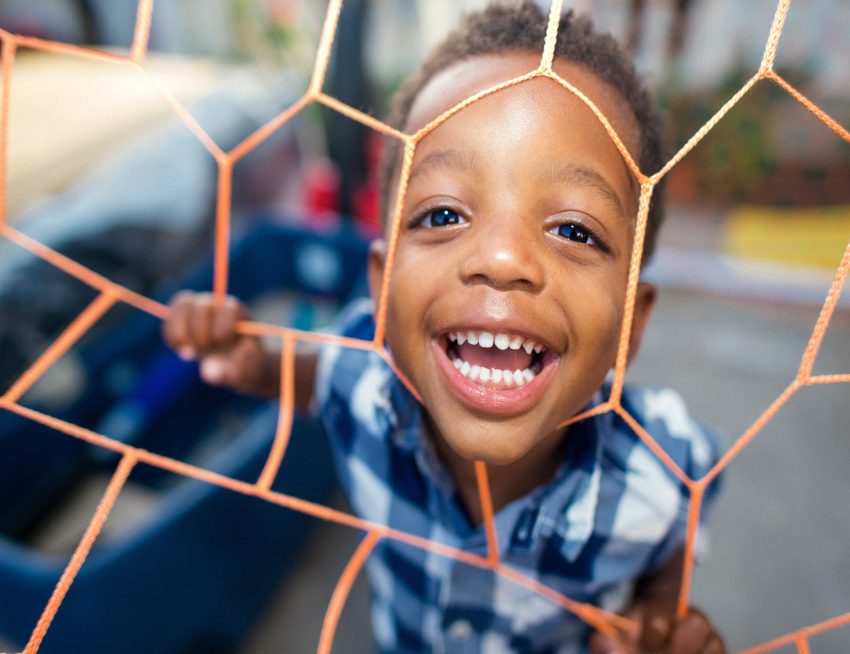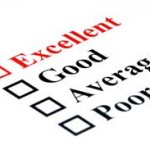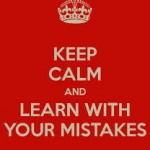Developmental milestones are things most children can do by a certain age. How a child plays, learns, speaks, acts, and moves offer important clues about your child’s development. There are certain developmental stages that a child is expected to go through as he/she grows.
These stages are important to mark various milestones a child is expected to attain. A growing child should experience physical, cognitive, and social and emotional development. In the first year, babies develop new ways to think, communicate and solve problems (called cognitive skills). They also develop physically and learn to play and interact with people.
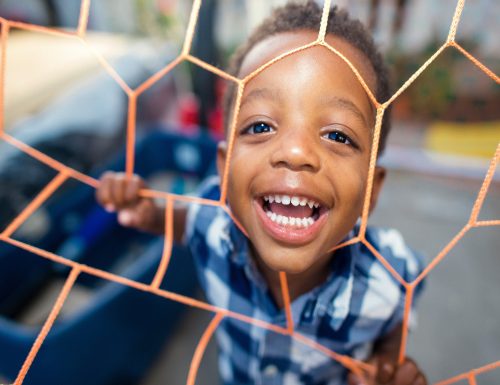
Here are the developmental milestones for a 0-24-month-old child
New Born
- Exhibits reflex movement like sucking and getting startled by noise
- Has jerky, uncontrolled arm, and leg movements
- Learns about things by feel, sight, sound, and smell
- Repeats movements
- Recognizes primary caregiver’s voice
- Begins getting attached to caregiver’s
3 Months
- Can follow an object with eyes from one side to the middle, but not all the way around
- Props up on arms when lying on belly
- Can Hold head up unsupported for a short period of time
- Can differentiate speech sounds from non-speech sounds
- Starts paying attention to, watching and recognizing faces
- Recognizes familiar people at a distance
- Shows signs of boredom (fussiness) when doing one thing too long
- Uses eyes and hands together and plans, such as seeing a toy and reaching for it
- Likes to play with people
- Produces different cries for different purposes such as hunger, pain, dirty diaper, etc.
- Coos and babbles during comfortable state
- Shows happiness and sadness
- May imitate facial expressions
- Smiles in response to familiar faces
5 Months
- Reaches for and grabs objects
- Rocks on tummy; may be able to roll from tummy to back
- Puts weight on legs when feet are flat on the floor
- Moves things from hand to hand
- Is curious about things out of reach and looks at new things
- Explores things by putting them in mouth
- Responds to conversation by making sounds
- Squeals and laughs
- Moves eyes toward sounds
- Recognizes and responds to own name
- Starts to recognize and react to different tones of voice
- Tries to get caregivers to play (sticks out tongue, pats toys, etc.)
7 Months
- Rolls from back to tummy and tummy to back
- Sits without support
- Practices turn-taking when “talking” with caregivers
- Starts testing cause and effect, such as seeing what happens when shaking a toy
- May produce more varied sounds such as b,p,m,n,d,w,y within babbling and vocal play
- Starts testing cause and effect, such as seeing what happens when shaking a toy
- Is interested in looking in the mirror
- Uses sounds to express happiness, sadness, and anger
9 Months
- Gets into and out of a sitting position
- Starts scooting, creeping or crawling
- May stand with support
- Picks up small objects using thumb and fingers (pincer grasp)
- Follows a falling object with eyes
- Looks for hidden object, but only if he sees you hide it
- Starts to understand no
- Makes vowel-consonant sounds (mama, baba)
- Points and copies other gestures
- Recognizes and responds to common words and phrases ie bye bye, hi, book, shoe etc
- Recognizes own name when spoken to
- Begins having stranger anxiety
- May be upset when separated from caregivers
- Has favorite objects or toys
12 Months
- Walks holding on to hands or furniture
- May stand alone
- May take a few steps alone
- Can let go of items without help
- Points
- Find hidden objects
- Looks at or points to a picture when you name it
- Explores everyday objects, both in correct ways (using a cup to drink) and incorrect ways (puts a toy in a cup)
- Follows one-step directions
- Shakes head no and waves
- Tries to repeat words
- Uses inflection and pauses to make sounds that sound like talking
- Responds to name
- Plays favorites with people
- Is a little fearful of new things
- Uses gestures or sounds to get your attention
13 – 15 Months
- Imitates others
- Points to one body part when asked
- Pushes and pulls toys while walking
- Plays with ball
- Can draw a line
- Walks upstairs
- Vocabulary increases up to five words
- Runs well
- Helps” around the house
- Walks backwards
- Adopts “no” as a favourite word
- Can put his or her fingers to his mouth and says “shhh”
- Enjoys gazing at his reflection
- Combines words and gestures to make needs known
- Bends over and picks up an object
- Drinks from a cup
- Tries to lift heavy things
- Can stand alone
- Plays “peekaboo”
- Rolls a ball back and forth
- Finger feeds
- Tries to walk
- Empties containers of contents
- Uses spoon or fork
- Initiates games
- Matched lids with appropriate containers
- Empties containers of contents
16 – 18 Months
- Turns the pages of a book
- Discovers joy of climbing
- Takes off one piece of clothing by himself
- Has temper tantrums when frustrated
- Stacks three bricks
- Gets fussy about food
- Becomes attached to a soft toy or other objects
- Learns the correct way to use common objects (e.g. the telephone)
- Switches from two daytime sleeps to one
- Uses a handful of words regularly
- Responds to directions (e.g. “Sit down”)
- Dances to music
- Enjoys pretend games
- Feeds doll
- Sorts toys by color, shape, or size
- Likes riding toys
- Talks more clearly
- Kicks ball forward
- Will “read” board books on his own
- Strings words together in phrases
- Throws ball overhand
- Can pedal when put on trike
- Brushes teeth with help
- Takes toys apart and puts them back together
- Scribbles well
- Builds a tower of four cubes
- Shows signs of toilet training readiness
19 – 21 Months
- Can use a spoon and fork
- Half of his or her speech may be understandable
- Can wash and dry hands and brush teeth with help
- Recognises when something is wrong (calling a dog a cat)
- Can point to picture of cat or dog when you say the word
- May know when she needs to urinate
- Learns words at a rate of ten or more a day
- May start exploring genitals
- Can take off own clothes with some help
- Can walk up (but probably not down) stairs
- Names several body parts
- Can walk up steps
- Enjoys helping around the house
- Can kick a ball
- make short sentences (Me go)
- set simple goals (e.g. deciding to put a toy in a certain place)
- Can make building brick towers
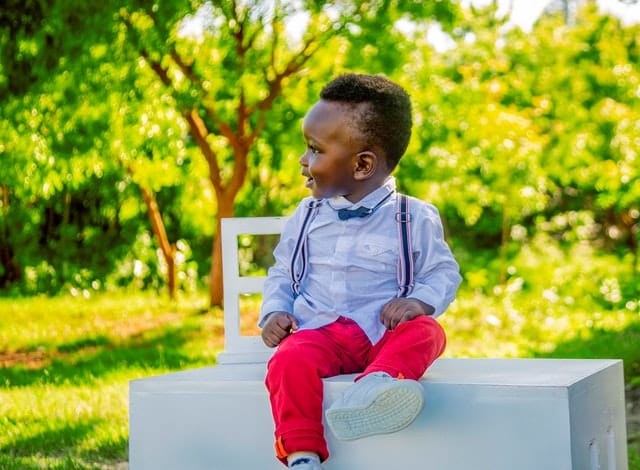
22 – 24 Months
- Can kick a ball forward
- do simple puzzles
- Can put on clothing
- Follows two-step requests (get your doll and bring it here)
- Can draw a straight line
- Might be ready for a big bed
- Imitates others’ behaviour
- Can identify several body parts
- Understands opposites (tall and short)
- Can make a tower of four bricks
- Make two- or three-word sentences
- Can walk downstairs
- Name a simple picture in a book
- Can sing simple tunes
- Talks about self (likes, dislikes)
- Can use 50 single words
- Takes more of an interest in playing with other children
- Asks “Why?”
- Can name at least six body parts on a doll
- Starts talking about self
- Begins to understand abstract concepts like sooner and later
- Half of speech is understandable
- Can arrange things in categories
- Becomes attuned to gender differences
- Can make short sentences
- Learns to jump
A number of factors assist in the proper development of a child and helps the child attain these developmental milestones. These factors include proper diet, conducive environment, breastfeeding, vaccinations, and a host of others.
See Also: [Sustaining BreastFeeding], [How to wean your baby]
Keep in mind that babies/children develop at different rates. If your baby isn’t reaching some of these developmental milestones, don’t panic. However, do discuss any concerns with a paediatrician.
Hi, Expectant and New Parents!! Welcome to the LagosMums community, the largest community for mums, dads, and caregivers! Kindly let us know if you are expecting or are new parents as we have some amazing tips, events, and gifts planned for you! Click HERE to register!
